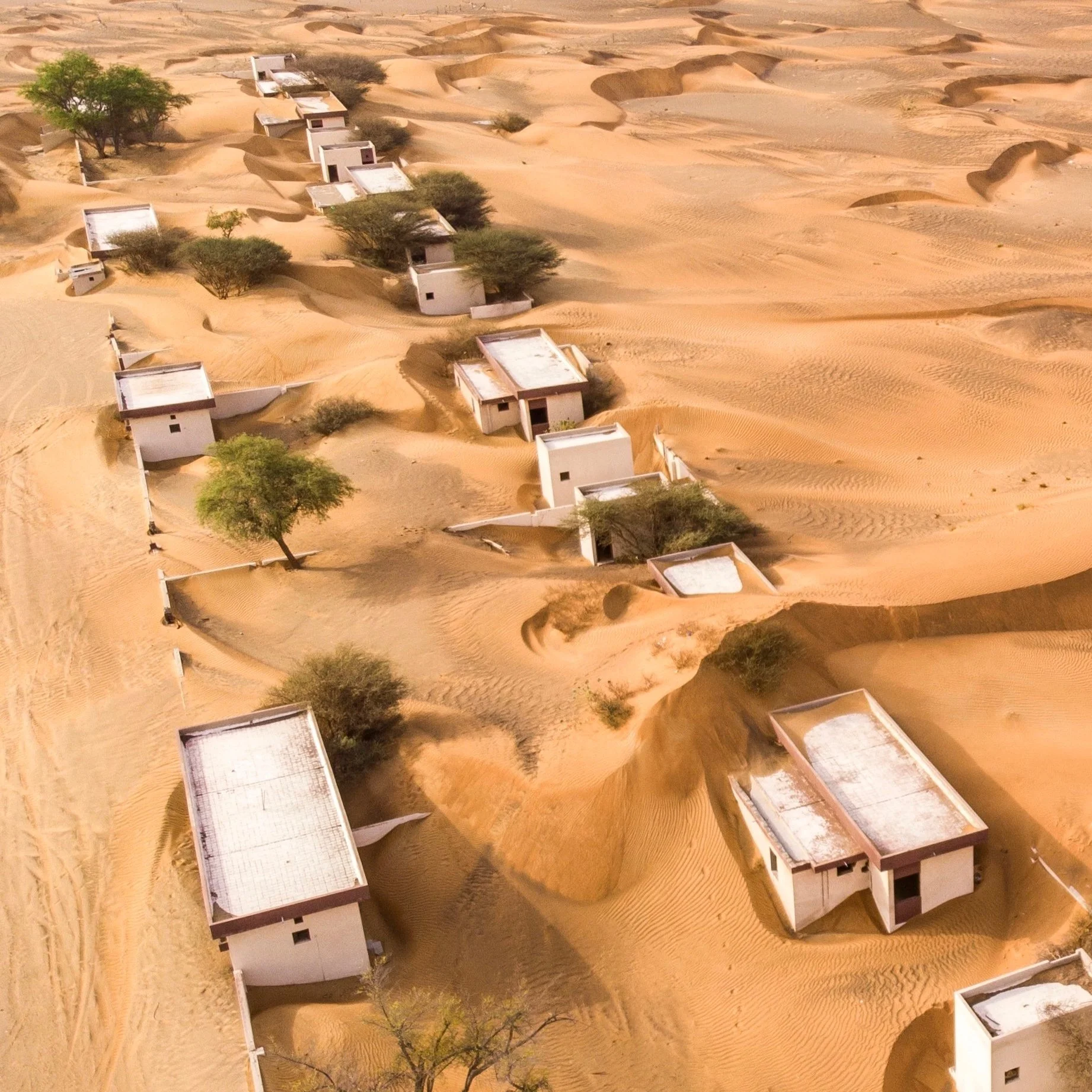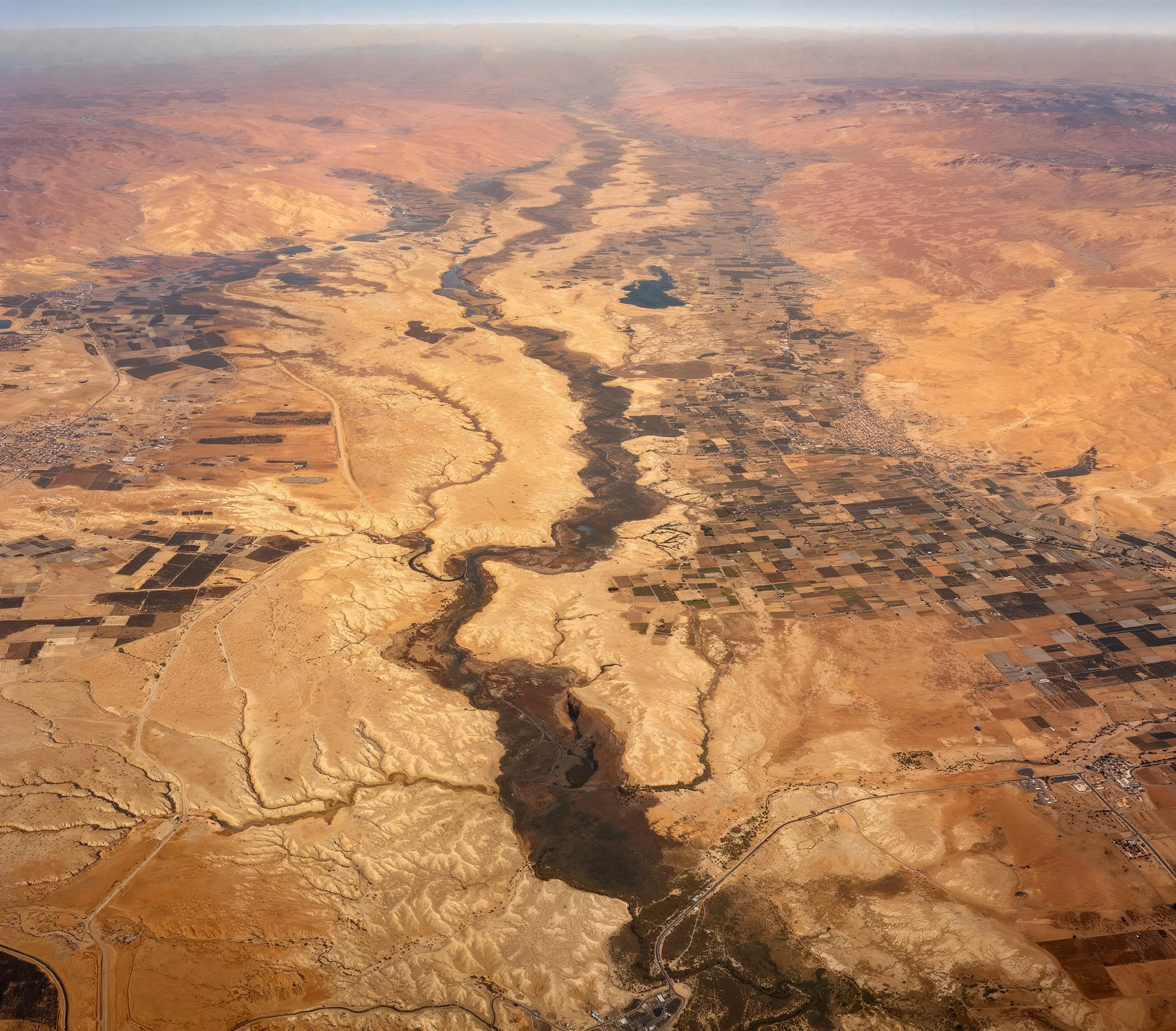
Climate Resilience Program
The Climate Resilience Program addresses the significant threats the MENA region faces from climate change impacts, examining their effects on public health, food security, water resources, critical infrastructure, and economic growth. Through interdisciplinary research and strategic partnerships, we provide evidence-based solutions to enhance climate adaptation across diverse regional contexts.
Regional Context
The MENA region stands at the frontline of climate change impacts. Rising temperatures are already exceeding global averages, with projections indicating that the region will warm faster than any other inhabited region. Climate change is also expected to worsen the region’s water security. Under current emissions trajectories, the Levant and North Africa will experience less annual rainfall, longer droughts, and more intense storms, while the Gulf coast will experience fatal levels of temperature and humidity.
These impacts threaten to disrupt agriculture and tourism sectors, put pressure on energy systems and urban infrastructure, and adversely impact human health. Without robust adaptation measures, these impacts could displace millions of people, place unprecedented strain on public health systems.
To address the knowledge gap on the impacts of climate change on the region, the program takes a collaborative approach, fostering a network of academic and research partnerships across the region. We work with university departments in climate science, agriculture, water resources, infrastructure, economics, and public health to enhance the evidence base for adaptation planning. The program also supports capacity building through joint research projects, academic workshops, and stakeholder engagement initiatives to ensure adaptation strategies reflect local knowledge and priorities.
By providing rigorous analysis, identifying practical solutions, and facilitating knowledge exchange, the Climate Resilience Program aims to strengthen regional adaptive capacity and build more climate-resilient societies across the MENA region.
The program’s work includes the following workstreams:
-

Risk and Vulnerability Assessment
Maps climate vulnerabilities across regional and sectoral dimensions, analyzing direct impacts, cascading effects, and implications for vulnerable populations and infrastructure. Examines consequences for water security, agriculture, public health, and economic systems while integrating current impacts with future projections to identify priority intervention areas.
-

Adaptation Strategy
Evaluates adaptation options and develops resilience strategies tailored to regional contexts. Analyzes costs and benefits of priority measures, implementation challenges, and financing mechanisms for key areas including agriculture, water management, coastal protection, public health, and disaster risk reduction.
-

Implementation Support
Focuses on translating adaptation strategies into actionable plans through capacity building, technical assistance, and stakeholder engagement. Develops guidance for overcoming implementation barriers, accessing climate finance, and building institutional capabilities. Creates monitoring frameworks to track adaptation progress and facilitate knowledge exchange among practitioners.


